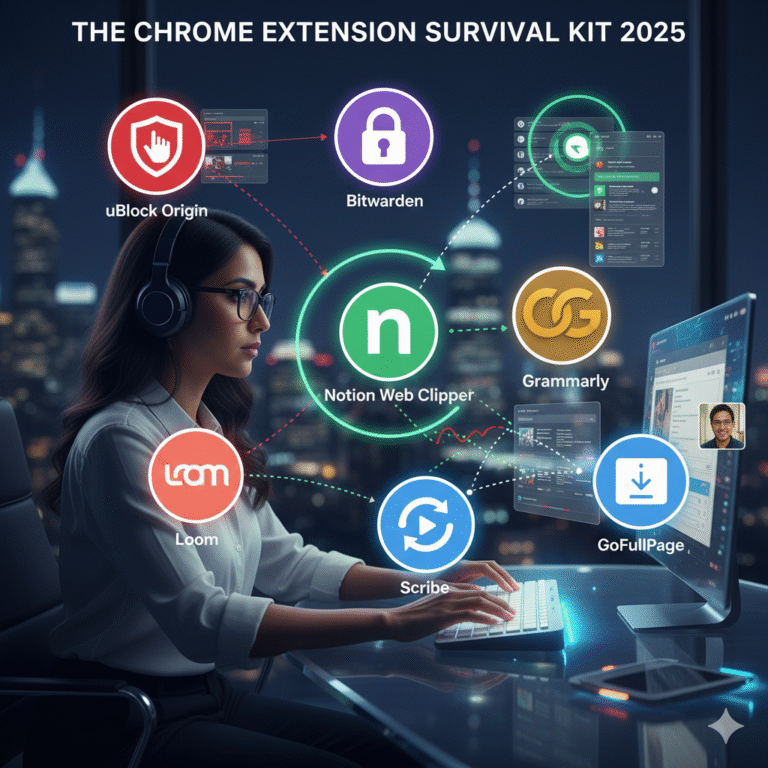The “Inertia Tax”: Why Loyalty to Your Insurer is Costing You Money
For most Canadian drivers, the arrival of a car insurance renewal letter is a non-event. You scan the document, note the slight price increase, feel a moment of frustration, and then file it away. You pay the bill because switching feels like a hassle.
In the financial world, we call this the “Inertia Tax.” Insurance companies build their profit models around it. They are betting that your perceived inconvenience of shopping around is stronger than your desire to save capital.
However, this is a losing strategy for your household budget. The era of calling five different brokers and waiting on hold is over. Modern digital aggregators allow you to compare car insurance rates in minutes, effectively democratizing market data.
This guide moves beyond simple advice; it provides a tactical, three-step framework to secure the lowest possible premium for your risk profile. It is time to stop overpaying for loyalty.
The Economics of Switching vs. Staying
Why does the price vary so much? The vast majority of drivers pay a premium simply for staying put. Insurance carriers often reserve their most aggressive pricing and discounts for customer acquisition (new clients), not customer retention.
By failing to audit your policy annually, you face three financial risks:
- The Loyalty Penalty: Data suggests that drivers who actively switch providers after running a comparison can save between $400 and $600 annually. That is net profit you are leaving on the table.
- Algorithm Volatility: Insurance pricing is math, not magic. One company’s algorithm might penalize your specific postal code this year, while a competitor’s algorithm might view it favorably. If you don’t check, you absorb that volatility.
- Paying for Silence: By auto-renewing, you lower the insurer’s administrative costs, but these savings are rarely passed on to you. You are effectively paying a fee for your own convenience.
The single most efficient lever to improve your monthly cash flow is to compare car insurance rates annually.
A 3-Step Strategy to Secure Market Rates
You can reverse this trend by dedicating ten minutes to a structured audit. The key is not just finding a cheaper number, but finding better value.
Step 1: Gather the “Golden Trio” of Data
Inputting guesses into a calculator yields inaccurate quotes. Before you start, have these three documents on your desk to ensure the price you see is the price you get:
- Current Policy Declaration: You need to know your current liability limits and policy expiration date.
- Driver’s License: The exact date you were first licensed is a critical variable in the pricing algorithm.
- Vehicle Identification Number (VIN): Using the VIN ensures the tool prices your exact trim level and safety features, rather than a generic model.
Step 2: The “Apples-to-Apples” Rule
A common mistake is choosing a quote that is $50 cheaper but offers significantly less protection. When you compare car insurance, you must ensure the coverage limits match.
Always verify these metrics on every competing quote:
- Liability Limits: Does the new quote offer the standard $1 Million or $2 Million coverage, or did it default to the provincial minimum to look cheaper?
- Deductibles: Are the Collision and Comprehensive deductibles identical to your current plan (e.g., $500 or $1,000)?
- Critical Endorsements: Does the quote include “Accident Forgiveness” or “Loss of Use” (rental car coverage)?
Step 3: Leverage Digital Aggregators
Using an online comparison tool provides a strategic advantage: Volume. Instead of negotiating with one agent, you force multiple licensed Canadian insurers to bid for your business simultaneously. This exposes you to regional carriers you might not know exist but who are hungry for low-risk drivers like you.
Execution: Negotiate or Migrate
Once you have secured a lower quote, you have two tactical options.
Option A: The Retention Play Call your current provider. State clearly: “I have received a quote for identical coverage that is $400 less per year.” Ask them to access their retention budget to match it. Many insurers will lower your rate to avoid losing a long-term client (churn).
Option B: The Strategic Switch If they cannot match it, switch.
- No Gaps: Your new insurer will issue a “binder” effectively immediately, ensuring you are never driving uninsured.
- Refunds: If you cancel mid-policy, you are usually entitled to a pro-rated refund of your prepaid premiums (minus a small administrative fee). If you switch at renewal, there is zero penalty.
Conclusion: Take Control of Your Premium
The biggest barrier to saving money on car insurance is the first click. The market is dynamic, and prices change monthly. By using the steps above, you shift from being a passive payer to an active manager of your financial assets.
Do not let your insurer collect one more month of the “Inertia Tax.” Audit your rates today.
Frequently Asked Questions
Does my age affect the results when I compare rates?
Yes. Age is a major statistical risk factor. Drivers under 25 and over 75 typically face higher premiums. However, comparison is more critical for these groups because the price difference between Company A and Company B can be massive for high-risk demographics.
Can I switch insurers if I have a recent ticket?
Absolutely. You must disclose tickets truthfully. However, insurers weigh infractions differently. One company might surcharge a speeding ticket for three years, while another is more lenient. Comparison allows you to find the carrier that punishes your record the least.
What is the fastest way to lower my quoted price?
Adjusting your deductible is the most direct lever. When you compare car insurance, run one quote with a $500 deductible and another with $1,000. If you have an emergency fund to cover the difference, the drop in annual premium is often significant.
What is “Telematics” or Usage-Based Insurance?
You will often see this option on comparison forms. It involves using an app to track your driving habits (braking, speed, time of day). If you are a safe, low-mileage driver, opting into telematics can unlock discounts of up to 25% on top of your comparison savings.
When is the best time to shop for insurance?
The “sweet spot” is typically 30 to 45 days before your renewal date. Insurers often view early shoppers as organized and responsible, sometimes offering better rates than to those who shop the day before their policy expires.






